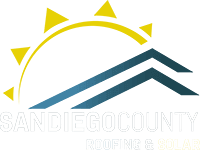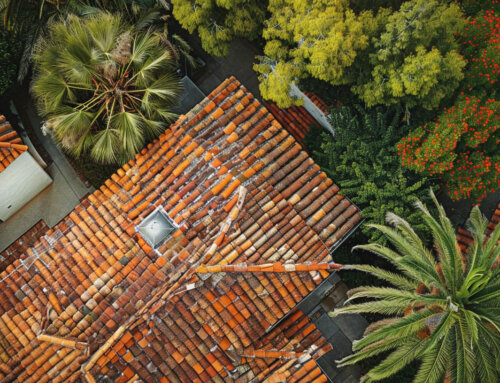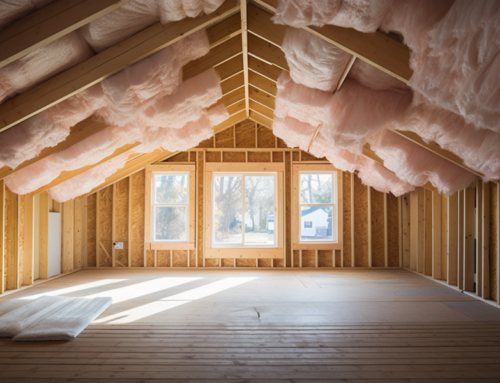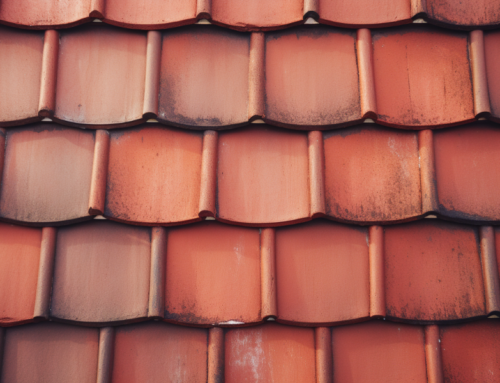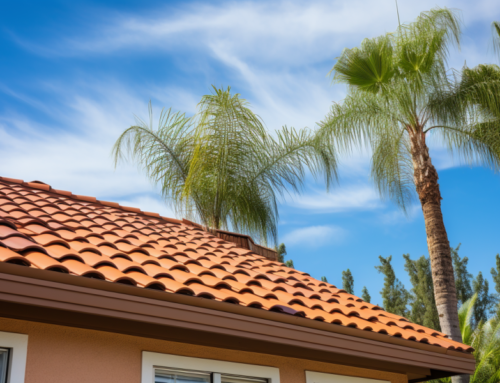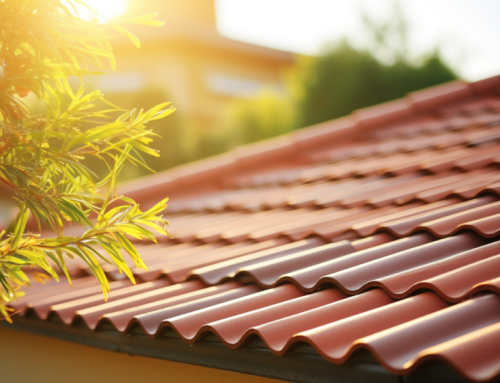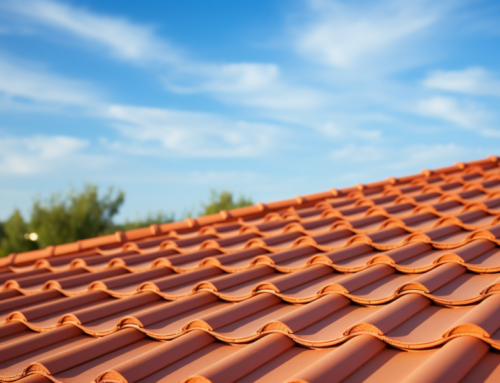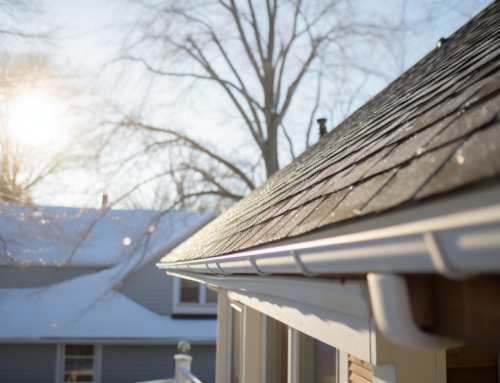When it comes to protecting your home from the elements, your roof plays a crucial role. However, severe weather conditions, particularly storms with heavy rainfall, can take a toll on your roof’s integrity. Identifying signs of stormwater damage early on is essential to prevent further deterioration and costly repairs.
In this comprehensive guide, San Diego County Roofing & Solar, as experts in roofing and solar solutions, San Diego County Roofing & Solar will walk you through the five key signs indicating your roof has suffered stormwater damage. By understanding these indicators, you can take prompt action and maintain the longevity of your roof.
1. Shingle Damage: The First Telltale Sign
One of the most visible indicators of stormwater damage is shingle problems. Inspect your roof for cracked, curled, or missing shingles after a storm. The relentless assault of rain and wind can cause shingles to become loose or break entirely. Additionally, San Diego roofers will check for granule buildup in gutters or downspouts, which is another sign of shingle degradation. Damaged shingles compromise the waterproofing of your roof, allowing water to seep into your home and cause further issues like leaks and water stains on ceilings.
2. Water Stains on Ceilings and Walls: A Clear Red Flag
After a storm, inspecting your home’s interior for water stains on ceilings and walls is crucial. These unsightly marks are not just cosmetic issues; they often indicate roof leaks caused by stormwater damage. Water infiltrates through compromised areas of the roof and makes its way into your living spaces, leading to structural damage and potentially harmful mold growth. Addressing these leaks promptly can save you from costly repairs in the long run and preserve the structural integrity of your home.
3. Sagging or Uneven Rooflines: Structural Concerns
A storm-damaged roof may exhibit visible sagging or an uneven appearance along the roofline. This is a serious structural concern that requires immediate attention. The weight of accumulated rainwater can place immense stress on the roof’s framing and supports, leading to structural weaknesses. If you notice any unusual dips or slopes in your roof, it’s best to contact professional roofers to assess the damage and recommend appropriate repairs.
4. Clogged Gutters and Downspouts: Impact on Drainage
Gutters and downspouts are vital in redirecting rainwater away from your home’s foundation. After a storm, inspect these components for clogs caused by debris carried by heavy rainfall. Clogged gutters and downspouts impede proper water drainage, leading to potential water pooling on the roof or around the foundation. This can result in water seepage into your home’s basement or crawl space, causing significant water damage and compromising your home’s structural stability.
5. Mold Growth: An Unwanted Consequence
Mold thrives in moist and humid environments, making your roof an ideal breeding ground after stormwater damage. If left unaddressed, water infiltration from a damaged roof can lead to mold growth in attics and crawl spaces. Mold poses health risks to you and your family and deteriorates building materials, leading to costly repairs. If you detect a musty odor or notice mold growth, it’s crucial to address the issue promptly by fixing the roof damage and hiring professionals to remediate the mold.
Taking Action to Prevent Further Damage
Understanding the signs of stormwater damage on your roof is the first step in safeguarding your home. To prevent further deterioration and maintain the integrity of your roof, we recommend the following actions:
- Schedule Regular Roof Inspections: Have your roof inspected by professional roofers at least once a year and after severe weather events, to catch any damage early on.
- Address Repairs Promptly: Don’t delay repairs if you identify any signs of stormwater damage, such as damaged shingles or leaks. Timely action can prevent minor issues from escalating into major problems.
- Keep Gutters Clean: Regularly clean and maintain your gutters and downspouts to ensure proper water drainage and prevent clogs.
- Consider Storm-Resistant Roofing Materials: If you reside in an area prone to severe storms, consider investing in storm-resistant roofing materials that can better withstand the impact of heavy rainfall and high winds.
Remember, the key to avoiding costly roof repairs is to be proactive and address stormwater damage as soon as it’s detected. By taking these preventative measures from top San Diego roofers, you can extend the lifespan of your roof and keep your home safe and dry for years to come.
By following these guidelines and staying vigilant for signs of stormwater damage, you can protect your roof, home, and loved ones from the adverse effects of severe weather conditions. Remember that prevention and timely action are the keys to maintaining a sturdy and resilient roof that can withstand the tests of time and weather.
At San Diego County Roofing & Solar, we take pride in helping homeowners like you maintain strong and reliable roofs. If you suspect stormwater damage or need professional roof inspection and repair services, contact us today for expert assistance.
